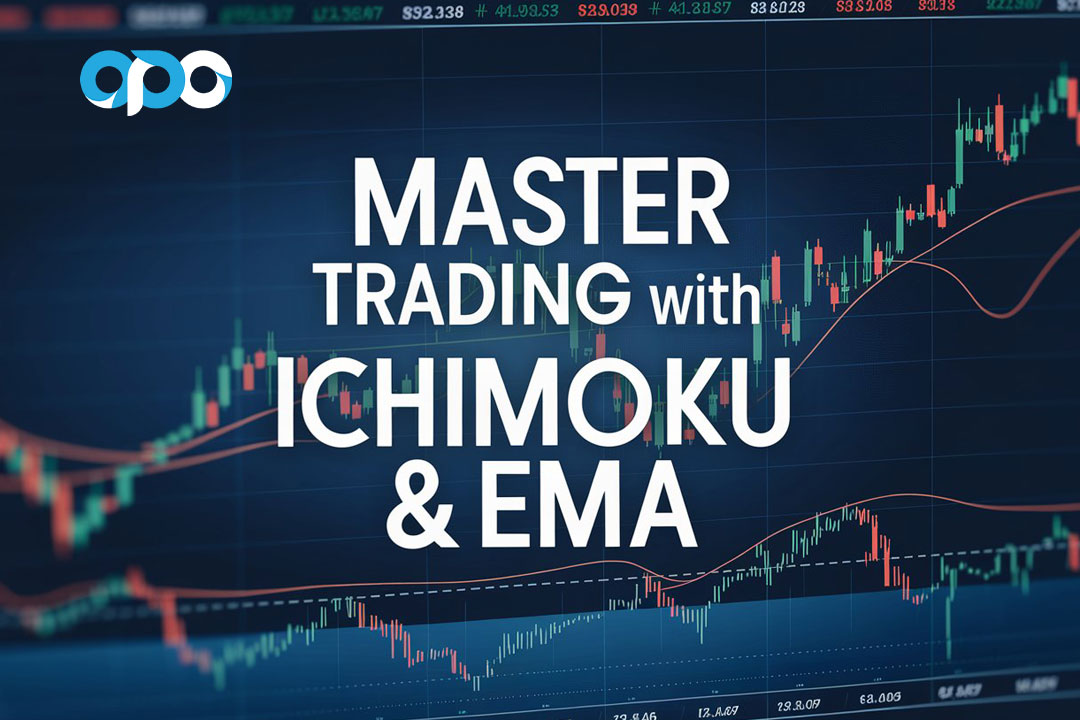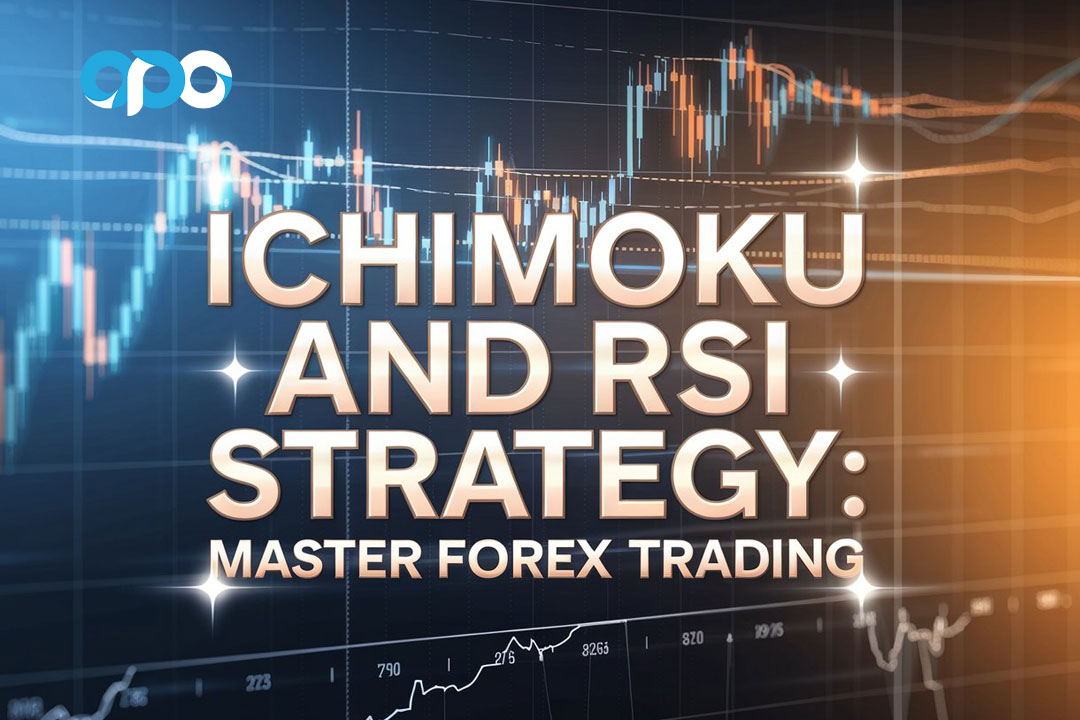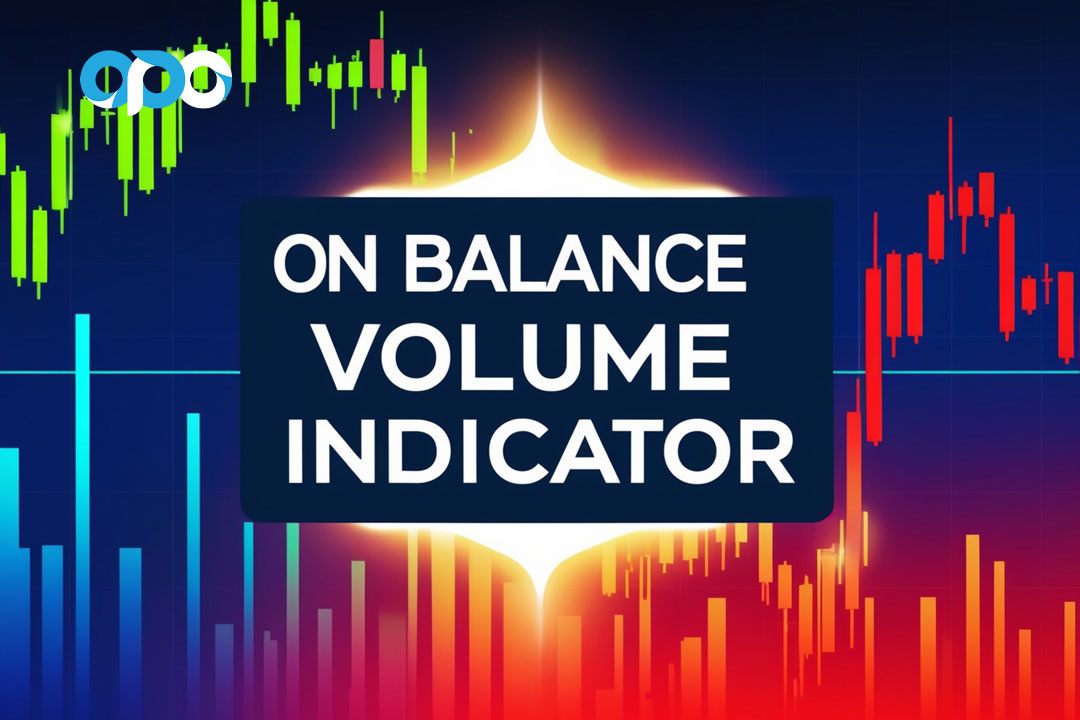Range scalping strategy is a powerful forex trading technique that allows traders to profit from small price movements within a defined range. This method involves making multiple trades within a short time frame, typically minutes or even seconds, to capitalize on the natural oscillations of currency pairs. By mastering the range scalping strategy, forex traders can potentially increase their profitability and achieve consistent returns in the volatile foreign exchange market.
If you’re wondering how to implement this strategy effectively, you’ve come to the right place. This comprehensive guide will walk you through the intricacies of range scalping, including its benefits, key techniques, and practical implementation steps. Whether you’re a novice trader exploring options with an online forex broker or an experienced professional looking to refine your skills, this article will provide valuable insights to enhance your trading arsenal.
What is Range Scalping?

Range scalping is a short-term trading strategy that focuses on profiting from small price movements within a specific price range. Traders who employ this strategy aim to enter and exit positions quickly, often within minutes or even seconds, to capture small but frequent gains. The key to successful range scalping lies in identifying and exploiting periods of price consolidation, where an asset’s value oscillates between clearly defined support and resistance levels.
Key Characteristics of Range Scalping
- Short time frames: Range scalpers typically operate on very short time frames, such as 1-minute or 5-minute charts.
- High frequency: This strategy involves making multiple trades throughout a single trading session.
- Tight stop-losses: To manage risk, range scalpers use tight stop-loss orders to limit potential losses.
- Small profit targets: The goal is to accumulate small profits from many trades rather than seeking large gains from a few positions.
Benefits of Range Scalping Strategy
1. Reduced Market Exposure
One of the primary advantages of range scalping is the limited time spent in the market. By entering and exiting trades quickly, scalpers minimize their exposure to potential market reversals or unexpected news events that could negatively impact their positions.
2. Consistent Profit Opportunities
Range scalping allows traders to capitalize on the natural ebb and flow of price movements within a range. This consistency can lead to more frequent profit opportunities compared to longer-term trading strategies.
3. Lower Risk per Trade
With tight stop-losses and small profit targets, range scalpers can maintain a favorable risk-to-reward ratio on each trade. This approach helps to protect capital and ensures that a single losing trade doesn’t significantly impact overall performance.
4. Improved Focus and Discipline
The fast-paced nature of range scalping requires traders to stay highly focused and disciplined. This intense concentration can lead to improved decision-making skills and a deeper understanding of market dynamics.
5. Adaptability to Market Conditions
Range scalping can be effective in various market conditions, particularly during periods of low volatility or consolidation. This adaptability makes it a valuable strategy for traders looking to profit in different market environments.
Implementing the Range Scalping Strategy

Identifying Suitable Trading Ranges
The first step in successful range scalping is to identify appropriate trading ranges. Look for periods where price action is confined between clear support and resistance levels. These ranges often occur during periods of consolidation or when the market is awaiting significant news or economic data releases.
Tips for Spotting Ideal Ranges:
- Use multiple time frames to confirm range-bound behavior
- Look for horizontal support and resistance levels that have been tested multiple times
- Consider using technical indicators like Bollinger Bands or Keltner Channels to visualize potential ranges
- Pay attention to market volatility indicators to identify low-volatility periods suitable for range trading
Setting Up Your Charts
To effectively implement the range scalping strategy, it’s crucial to set up your charts properly. Here’s a step-by-step guide:
- Choose a short time frame (1-minute or 5-minute charts are common)
- Apply key technical indicators:
- Moving averages to identify trend direction
- RSI (Relative Strength Index) for overbought/oversold conditions
- MACD (Moving Average Convergence Divergence) for momentum confirmation
- Stochastic oscillator for additional overbought/oversold signals
- Mark clear support and resistance levels
- Consider using range bars or tick charts for more precise entry and exit points
- Implement volume indicators to confirm price movements and potential breakouts
Entry and Exit Rules
Developing clear entry and exit rules is essential for consistent success in range scalping. Here are some guidelines to consider:
Entry Rules:
- Enter long positions near support levels when price shows signs of bouncing
- Enter short positions near resistance levels when price begins to retreat
- Look for confirmation from technical indicators (e.g., RSI oversold for longs, overbought for shorts)
- Wait for a clear price action signal, such as a pin bar or engulfing candle
- Consider using limit orders to enter trades at predetermined levels
Exit Rules:
- Set a predefined profit target based on the range’s size (e.g., 50% of the range)
- Use a trailing stop to lock in profits as the trade moves in your favor
- Exit the trade if price breaks out of the established range
- Always honor your stop-loss to protect against unexpected market moves
- Consider implementing a time-based exit strategy for trades that don’t reach their targets
Advanced Range Scalping Techniques

1. Range Bar Scalping Strategy
The range bar scalping strategy is a variation that uses range bars instead of traditional time-based charts. Range bars form new candles based on price movement rather than time intervals, providing a clearer picture of price action and potential reversal points.
Benefits of Range Bar Scalping:
- Reduces noise in choppy markets
- Provides clearer entry and exit signals
- Helps identify breakouts more accurately
- Eliminates time-based distortions in price action
2. Multiple Time Frame Analysis
Incorporating multiple time frame analysis can enhance your range scalping strategy by providing a broader context for your trades.
How to Use Multiple Time Frames:
- Use a higher time frame to identify the overall trend and key support/resistance levels
- Switch to a lower time frame to fine-tune entry and exit points within the range
- Ensure that your trades align with the higher time frame trend for increased probability of success
- Use the middle time frame to confirm the range-bound behavior and identify potential breakout levels
3. News-Based Range Scalping
Experienced scalpers often capitalize on the increased volatility surrounding major news releases. However, this approach requires careful planning and risk management.
Tips for News-Based Range Scalping:
- Be aware of upcoming economic releases and their potential impact
- Wait for the initial volatility to subside before entering trades
- Use wider stop-losses to account for increased price swings
- Be prepared to exit quickly if the news causes a breakout from the range
- Consider using options strategies to limit risk during high-impact news events
4. Fibonacci Retracement in Range Scalping
Incorporating Fibonacci retracement levels can help identify potential reversal points within a range.
How to Use Fibonacci Retracement:
- Draw Fibonacci retracement levels from the range’s high to low
- Look for potential entry points at key Fibonacci levels (e.g., 38.2%, 50%, 61.8%)
- Combine Fibonacci levels with other technical indicators for confirmation
- Use Fibonacci extension levels to set profit targets
Risk Management in Range Scalping

Effective risk management is crucial for long-term success in range scalping. Here are some key principles to follow:
1. Position Sizing
Determine the appropriate position size based on your account balance and risk tolerance. A common rule of thumb is to risk no more than 1-2% of your account on a single trade.
2. Use of Stop-Losses
Always use stop-loss orders to protect against unexpected market moves. Place your stop-loss just outside the identified range to avoid getting stopped out by normal price fluctuations.
3. Profit-to-Loss Ratio
Aim for a profit-to-loss ratio of at least 1.5:1 or higher. This means your potential profit should be at least 1.5 times your risk on each trade.
4. Monitoring Open Positions
Keep a close eye on your open positions and be prepared to adjust your strategy if market conditions change. Use trailing stops to lock in profits as the trade moves in your favor.
5. Diversification
While range scalping typically focuses on a few currency pairs, consider diversifying your trades across different timeframes or incorporating other complementary strategies to spread risk.
Common Pitfalls and How to Avoid Them
- Overtrading: Avoid the temptation to trade every small movement within the range. Wait for clear setups that meet your predefined criteria.
- Ignoring the broader market context: Always consider the larger market trends and potential catalysts that could disrupt the range.
- Failing to adapt: Be prepared to adjust your strategy if the market transitions from ranging to trending conditions.
- Emotional trading: Maintain discipline and stick to your trading plan, even after a series of losing trades.
- Neglecting proper risk management: Always prioritize capital preservation over potential profits.
- Chasing losses: Avoid increasing position sizes or taking unnecessary risks to recover losses. Stick to your predetermined risk parameters.
- Ignoring transaction costs: Factor in spreads and commissions when calculating potential profits, as these can significantly impact your bottom line in high-frequency trading.
Developing Your Range Scalping Skills
To become proficient in range scalping, consider the following steps:
- Practice on a demo account: Familiarize yourself with the strategy and its nuances without risking real capital.
- Start small: When transitioning to live trading, begin with small position sizes to build confidence and experience.
- Keep a detailed trading journal: Record your trades, including entry and exit points, rationale, and outcomes. Review regularly to identify areas for improvement.
- Continuously educate yourself: Stay updated on market trends, economic indicators, and trading technologies that can enhance your range scalping strategy.
- Join trading communities: Engage with other range scalpers to share insights, discuss strategies, and learn from experienced traders.
- Develop a routine: Establish a consistent trading schedule and pre-trading preparation routine to maintain focus and discipline.
- Regularly assess your performance: Review your trading statistics to identify strengths and weaknesses in your approach.
OpoFinance: Your Trusted Partner for Range Scalping Success
When it comes to implementing your range scalping strategy, choosing the right broker can make all the difference. OpoFinance, an ASIC-regulated forex broker, offers a comprehensive suite of tools and services tailored to meet the needs of scalpers and day traders alike. With their advanced trading platforms, tight spreads, and fast execution speeds, OpoFinance provides the ideal environment for executing your range scalping strategy with precision.

One standout feature that sets OpoFinance apart is their innovative social trading service. This platform allows you to connect with and learn from experienced traders, giving you valuable insights into successful range scalping techniques. By following top-performing traders and analyzing their strategies, you can refine your own approach and potentially boost your profitability.
With OpoFinance’s commitment to regulatory compliance and customer support, you can focus on perfecting your range scalping skills with peace of mind, knowing that your funds and trades are in safe hands.
Conclusion
Range scalping is a powerful strategy that can lead to consistent profits for disciplined and focused traders. By mastering the art of identifying suitable ranges, implementing proper risk management, and continuously refining your approach, you can capitalize on the frequent opportunities presented in the forex market. Remember that success in range scalping requires practice, patience, and a willingness to adapt to changing market conditions.
As you embark on your range scalping journey, keep in mind that this strategy is just one tool in a trader’s arsenal. While it can be highly effective in certain market conditions, it’s essential to remain flexible and open to other trading approaches. Continuously educate yourself, stay informed about market trends, and be prepared to adjust your strategy as needed.
With dedication and persistence, you’ll be well on your way to becoming a skilled range scalper capable of generating steady returns in various market environments. Whether you’re using the range bar scalping strategy or incorporating advanced techniques like multiple time frame analysis, remember that consistency and discipline are key to long-term success in forex trading.
How does range scalping differ from other forex trading strategies?
Range scalping is unique in its focus on very short-term price movements within a defined range. Unlike trend-following strategies or longer-term position trading, range scalping aims to profit from the small oscillations that occur when price is consolidating. This approach requires quick decision-making, precise entries and exits, and a high level of concentration. While other strategies may hold positions for hours, days, or even weeks, range scalpers typically close their trades within minutes, allowing for multiple trading opportunities throughout a single session.
What are the best currency pairs for range scalping?
he most suitable currency pairs for range scalping are typically those with high liquidity and tight spreads. Some popular choices include:
EUR/USD (Euro/US Dollar)
GBP/USD (British Pound/US Dollar)
USD/JPY (US Dollar/Japanese Yen)
USD/CHF (US Dollar/Swiss Franc)
These pairs often exhibit clear ranging behavior during specific times of the day, particularly during overlapping market sessions. However, it’s essential to analyze the behavior of multiple pairs and choose those that consistently demonstrate range-bound characteristics during your preferred trading hours.
How can I improve my psychological approach to range scalping?
eveloping a strong psychological approach is crucial for success in range scalping. Here are some tips to enhance your mental game:
Practice mindfulness techniques to stay focused during trading sessions
Develop a detailed trading plan and stick to it religiously
Keep a trading journal to track your progress and identify areas for improvement
Set realistic profit goals and avoid becoming emotionally attached to individual trades
Take regular breaks to prevent burnout and maintain mental clarity
Continuously educate yourself on market dynamics and trading psychology
Remember that range scalping can be mentally demanding, so it’s essential to maintain a balanced lifestyle and approach trading with a clear, focused mind.








